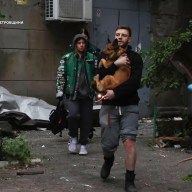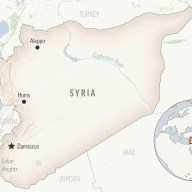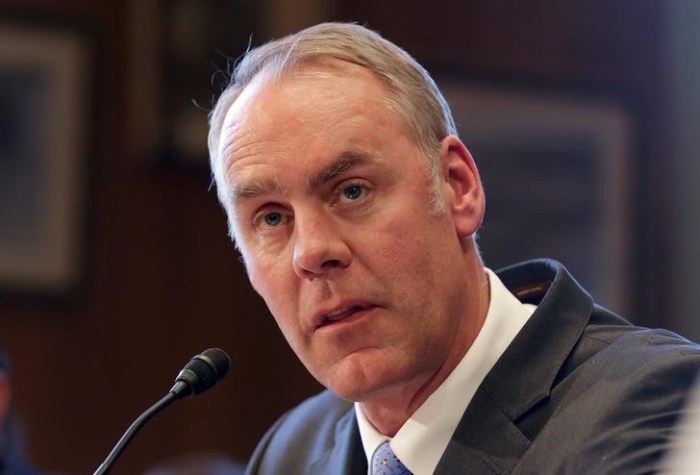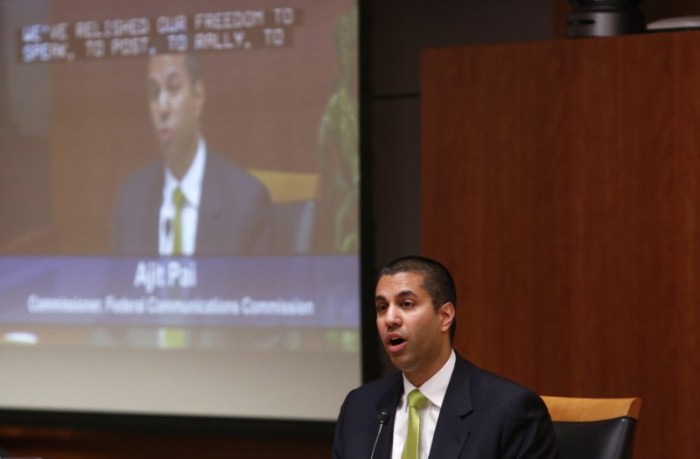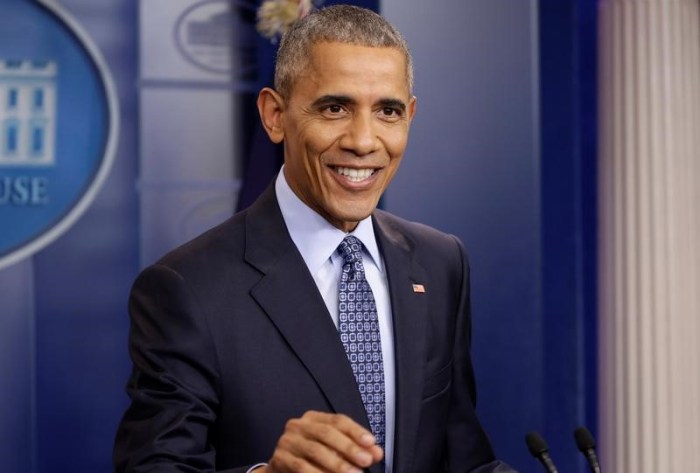By Julia Edwards and Patricia Zengerle
WASHINGTON (Reuters) – The Obama administration announced a broad expansion on Tuesday of a program to let people fleeing violence in El Salvador, Guatemala and Honduras enter the United States as refugees, and said Costa Rica agreed to temporarily shelter some of those with no other recourse. Under the plan, Costa Rica will host up to 200 applicants at a time deemed too vulnerable to remain in their homelands while the U.S. Department of Homeland Security evaluates them for possible resettlement, which could take up to six months. The United States will also expand a program for child refugees and allow some people to apply for refugee status in their home countries.
The steps, after months of criticism of President Barack Obama’s handling of the crisis, are modest in comparison to plans announced by Secretary of State John Kerry in January to open several refugee processing centers in the region. “Our current efforts to date have been insufficient to address the number of people who may have legitimate refugee claims,” Amy Pope, deputy homeland security adviser at Obama’s National Security Council, told a telephone briefing for reporters. Many details, including how the program would be financed or how many people might be eligible, were unavailable.
Advocates said they were pleased the administration was moving to provide the migrants, especially children, with an alternative to staying home with their lives at risk or relying on smugglers for the dangerous journey through Mexico. “It’s really the way the program should have been established from the start, but even belatedly we’re happy to see that this is the direction that they’re taking it,” said Bill Frelick, director of the refugee rights program at Human Rights Watch. Since October, nearly 80,000 children and families from the three countries have been apprehended at the U.S. border with Mexico. The crisis has fueled heated debate on the campaign trail over whether to welcome migrants fleeing violence or build a wall to keep them out, a centerpiece of Republican Donald Trump’s run for president. Republican Representative Bob Goodlatte, chairman of the House of Representatives Judiciary Committee, called the plan an abuse of the law. “Today’s expansion of the Obama Administration’s policy is simply a continuation of the government-sanctioned border surge,” he said in a statement. The program also met resistance in the region. Guatemalan government officials rejected the description of those seeking to leave the country as refugees.
FAMILY REUNIFICATION
The administration also will expand its Central American Minors program, which allows those under 21 with a parent in the United States legally to seek refugee status. The program will now allow siblings, care givers or another parent to do so. Only 267 minors have entered the United States since the program began in December 2014. Deputy Secretary of the Department of Homeland Security Alejandro Mayorkas said 2,880 applicants have been approved and are awaiting resettlement. The New York Times reported in January that the United States planned to admit up to 9,000 Central American refugees.
Costa Rican Minister of the Presidency Sergio Alfaro told a news conference in San Jose the government reserved the “explicit right” to ask for more information if there were doubts about those granted the six-month humanitarian visas. Carlos Maldonado of the U.N. refugee agency (UNHCR) said the UNHCR and International Organization for Migration would handle costs incurred as applicants were processed in Costa Rica. If approved, they would most likely head to the United States, but could go to Canada, Sweden, Argentina, Brazil, Chile or Uruguay. Convincing countries to host a center has been difficult amid concern slow processing would lead to a backlog of people with nowhere to go, U.S. sources said. Nearly 8,000 Cubans migrating to the United States were stuck in Costa Rica recently when neighboring Nicaragua closed its border. Costa Rica’s location is also a challenge. Salvadorans, Hondurans and Guatemalans seeking to move to the United States must travel south, across Nicaragua, to get there.
(Reporting by Patricia Zengerle and Julia Edwards; Additional reporting by Enrique Pretel in San Jose and Richard Cowan in Washington; Editing by James Dalgleish)






